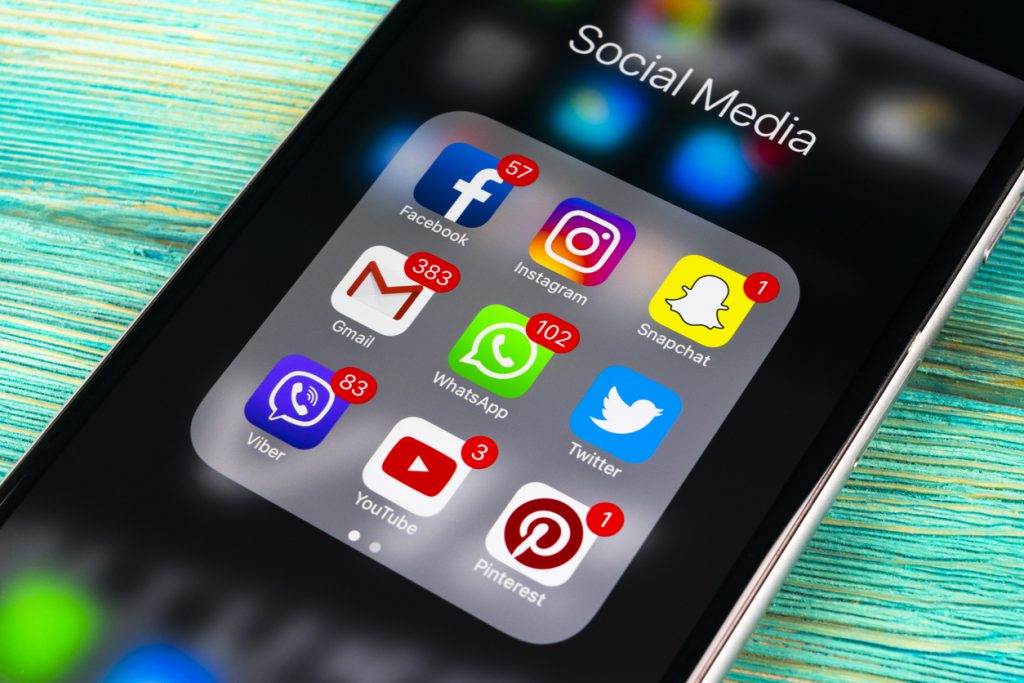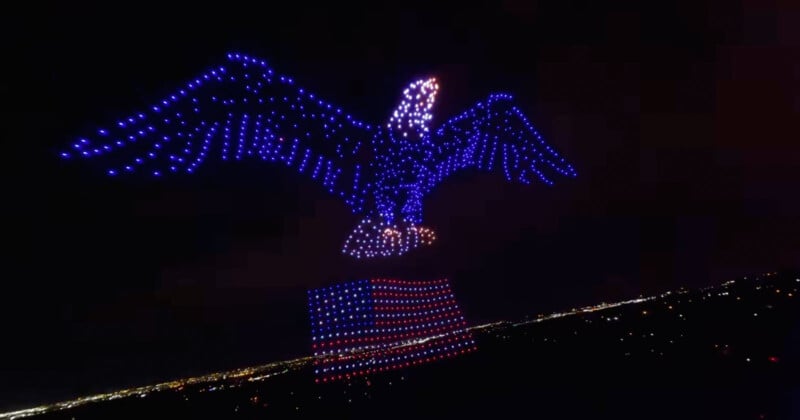Thousands of emergency room visits and house fires likely do not conjure an image of American patriotism—in reality, they are the often unspoken truths of 4th of July firework displays. However, across the world new celebratory technology is increasing in popularity: drone shows.
The technology’s recent emergence has some questioning whether drones should replace fireworks outright, eliminating the explosive danger. Others argue for fireworks as a traditional celebration, positing that the high costs associated with drone displays make them impractical for widespread use. Yet, when the two are compared closely, it becomes clear that the advantages of drones far outweigh those of fireworks. Given their advantages, cities must begin phasing in drone shows for large celebrations and tightening rules for private fireworks.
Fireworks come with predictable casualties. The U.S. Consumer Product Safety Commission reports that in 2024, over 14,000 people were injured by fireworks and 11 were killed, a 52% increase in injuries and a 38% increase in deaths compared to the year prior. With most treated injuries being burns, drone shows carry little comparative risk.
Further, the National Fire Protection Association attributed fireworks to over 32,000 fires in 2023, causing more than $142 million in property damage. In fact, a single firework-started wildfire caused nearly 90 homes in Centerville, Utah, to be evacuated. With climate change creating increasingly dry conditions, the danger of incendiary fireworks is undeniable when drone shows exist as a spark-free alternative.
Environmentally, fireworks are difficult to defend. The National Oceanic and Atmospheric Administration found that fine-particle concentration surges by 42% on the night of July 4th, reaching levels considered “unhealthy” by the Environmental Protection Agency (EPA). Since drones do not rely on combustion, they do not create the fine-particle spikes fireworks emit, according to the Air Resources Laboratory.
Though the impact is not just skyward for the old saying is true: what goes up must indeed come down. In one instance, the U.S. Geological Survey found that Independence Day shows at Mount Rushmore were directly responsible for increased perchlorate in surface and groundwater. Perchlorate is harmful because of its interference with the thyroid, according to the EPA. Drones—reusable—leave no comparable residue.
Animals, too, are negatively impacted by fireworks. A journal article in Conservation Physiology found that geese heart rate and body temperature increase by 96% and 3% respectively during intense firework displays. Additionally, according to the U.S. Fish and Wildlife Service, fireworks can cause coastal birds to abandon their eggs or chicks. Pets, as is well known, also suffer from the noise disturbance. The San Diego Humane Society, for instance, reports that their shelter sees a 40% increase in stray animals following the night of Independence Day. Drones are far quieter and reduce these harmful impacts.
Cost, however, seems to favor fireworks. After all, according to SkyElements, the leading U.S. drone retailer, small-town firework shows usually cost $7,000 to $12,000, while drone displays range from $20,000 for seventy-five to one-hundred drones to more than $65,000 for large formations. For a one-off, drone shows are indeed more expensive. However, if a town invests in reusable drone infrastructure, the technology eventually amortizes. Further, drones avoid cleanup costs and explosive property damage.
Still, some argue that traditional fireworks are an iconic American custom regardless of all their negative impacts. To many, fireworks have a certain scale and spectacle not replicable by drone shows. Consider, though, that one of the primary American groups celebrated on the 4th of July, veterans, are among the most negatively impacted by the night’s explosions. More than a million veterans in the U.S. struggle from PTSD according to the U.S. Department of Veterans Affairs (USDVA). For them, fireworks are anything but a celebration, as the USDVA notes that the bangs, flashes, smoke, and burning smells compound into a traumatizing experience.
If we truly want to celebrate our country, we must accommodate those who protect it. Cities must phase in drone shows for large events and mandate cleaner and low-noise fireworks for consumer use where drone shows might not be practical. We can and must celebrate without the smoke.











